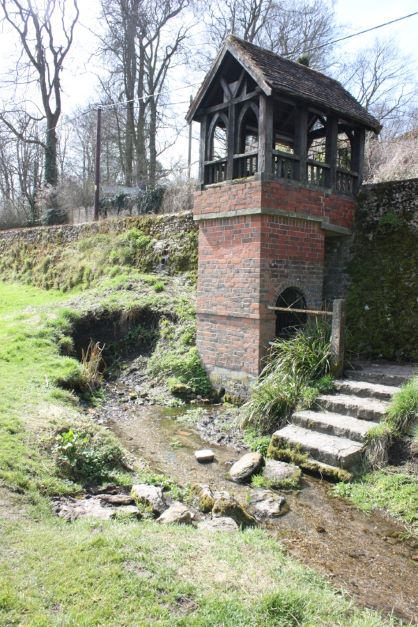
St Eadburg's Well, Lyminge (©Gabor Thomas)
But over time, it was gradually forgotten who Eadburh was. The church at Lyminge remained dedicated to St Mary and St Eadburg, but it was also well-known that the church had been founded by Queen Æthelburh. It came to be thought that the name Eadburh (or in Latin Edburga) must be a variant of the name Æthelburh (or in Latin Ethelburga), so it came to be believed that the church in Lyminge was in reality dedicated to St Mary and St Ethelburga. Eventually, in 1897, the Rector of Lyminge actually started calling the church St Mary and St Ethelburga, and this is the dedication it holds to this day. Sadly, for many years, St Eadburh, the Abbess of Minster, has been forgotten. Through the Royal Saxon Way, we hope to bring her back into the spotlight and restore her rightful position as the patron saint of Lyminge, alongside the founder St Ethelburga. In 2020, the Parish Council in Lyminge voted to restore the ancient name of the spring, the source of the Nailbourne stream, close to the church. This spring features in some of the miracles of St Eadburg, so we have good reason to believe this was St Eadburg’s Well for well over a thousand years. It is once again.